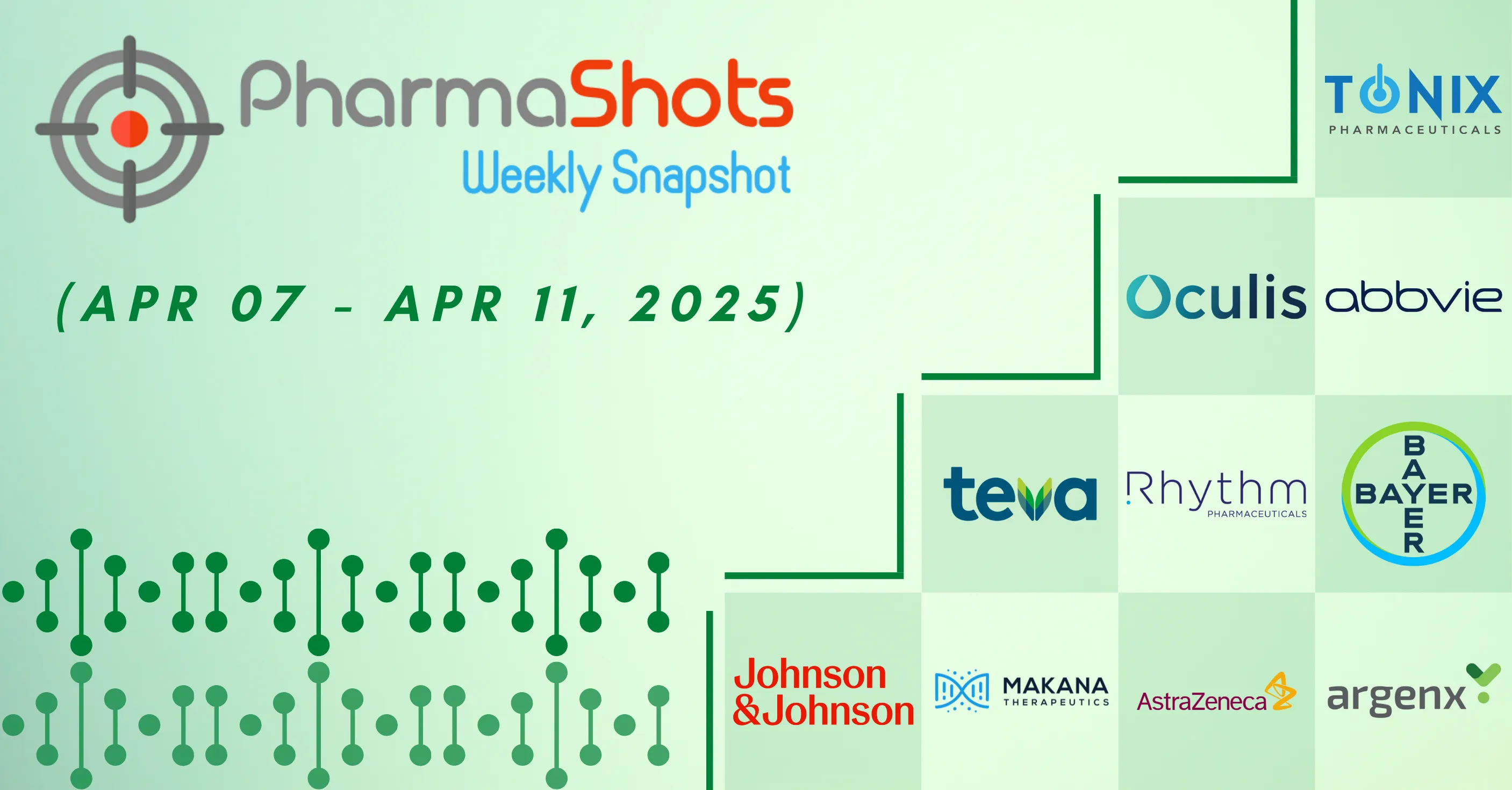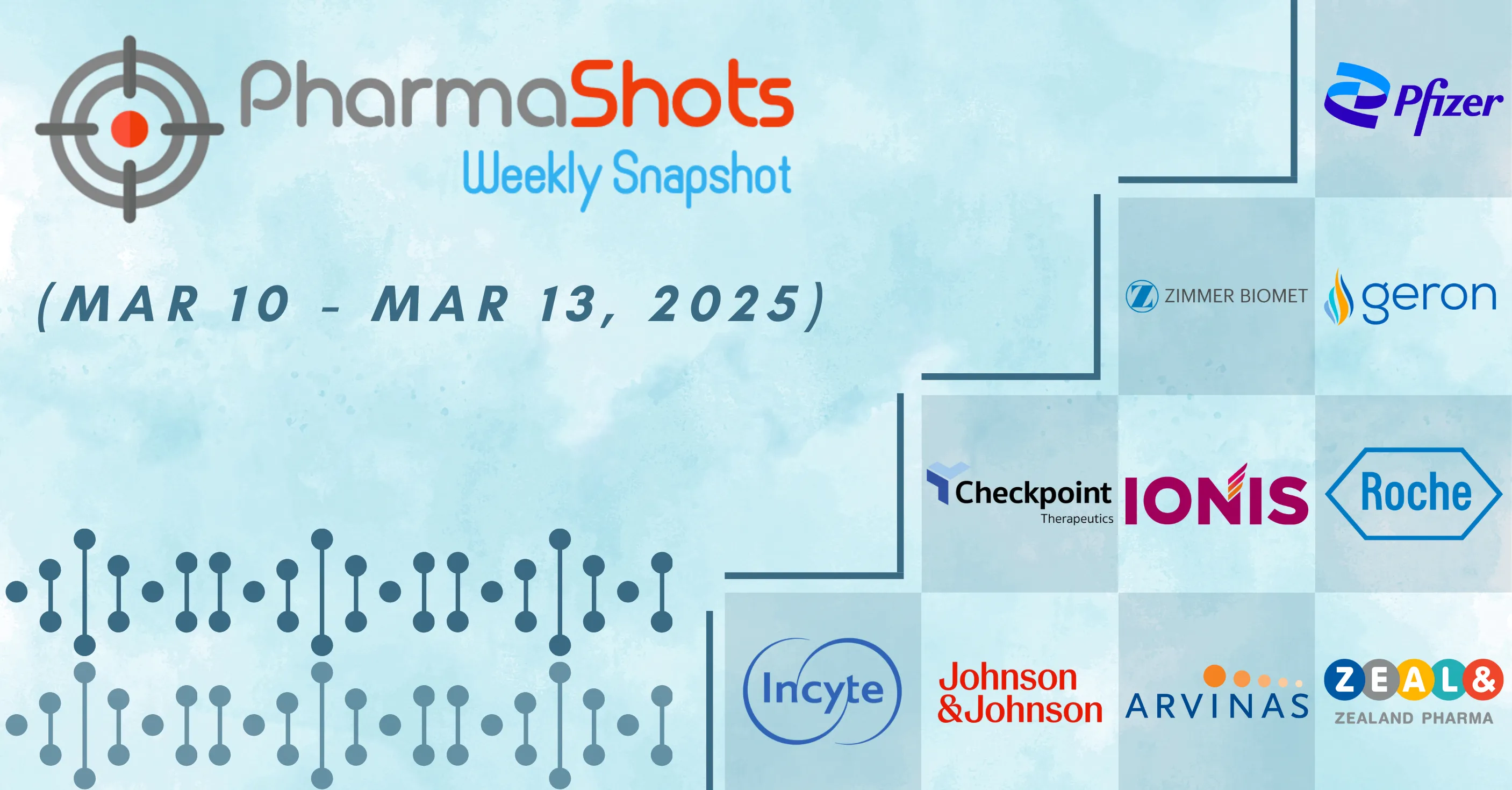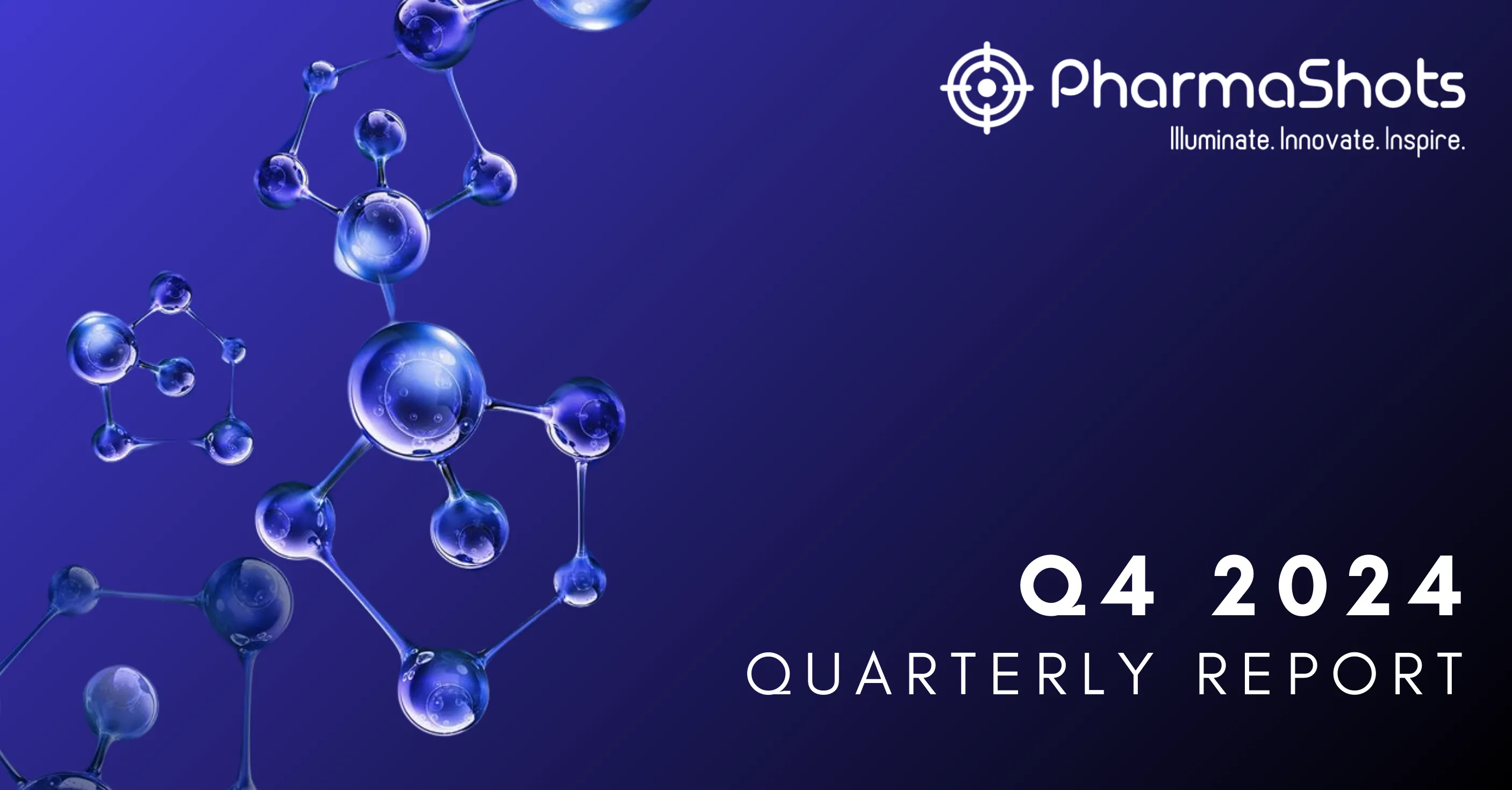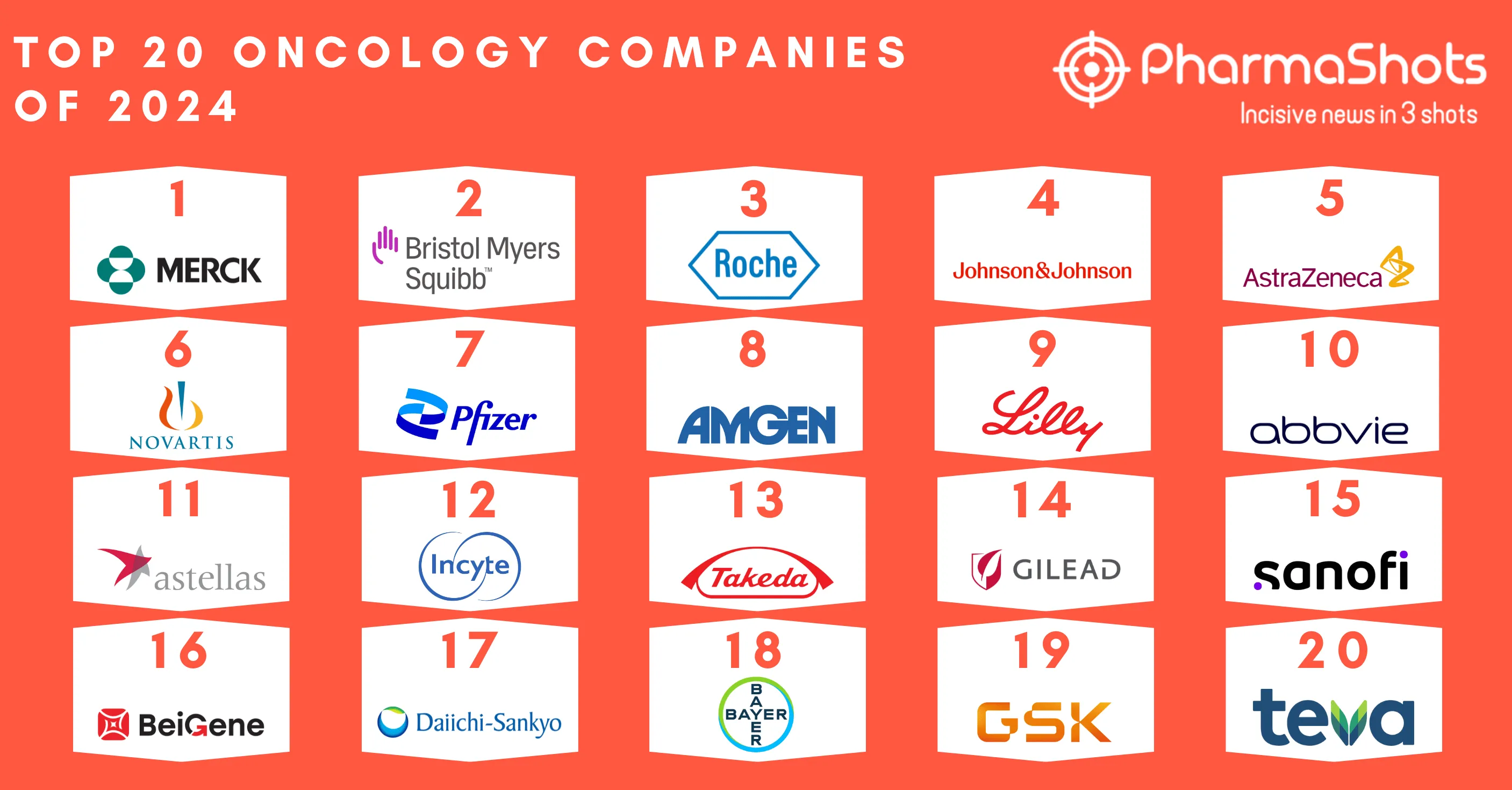
Sorrento Enters a Multi-Year Research and Development Agreement with US NAMRU-3 Against COVID-19
Shots:
- NAMRU-3 to conduct surveillance & clinical validation research while Sorrento will provide technical expertise & access to its portfolio of products to combat SARS-CoV-2 and threats emerging due to variants of concern
- The goal of cooperation is to conduct research on infectious diseases- enhance force health protection & provide data regarding countermeasures to mitigate infectious disease transmission include surveillance & product development
- The collaboration will initially focus on improving infectious disease readiness through surveillance & clinical diagnostic validation activities for COVISTIX/COVITRACK diagnostics & COVIDROPS/COVI-AMG outpatient neutralizing Abs treatment
| Ref: Globe Newswire | Image: Newsmax
Click here to read the full press release

This content piece was prepared by our former Senior Editor. She had expertise in life science research and was an avid reader. For any query reach out to us at connect@pharmashots.com














